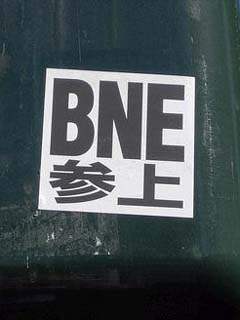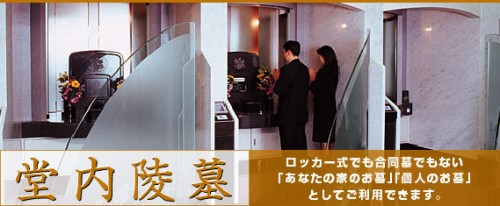Welcome to part 2 of the Jake Adelstein Interview. For those of you who missed it, here’s part 1. Don’t forget to check out his book. Remember, by spreading his story around you are helping to keep him alive.
I enjoyed your article on yakuza fan magazines. Actually, I met a publisher of one of those once. He mentioned an interesting ritual–if an editor ever printed something wrong about the group or otherwise needed to apologize, he would go to the office with a special set of two sake bottles that were bound together. The bindings, he explained, symbolized a reaffirmation of the relationship and would be drank together after the apology. Ever heard of this?
I’ve heard of carrying big expensive bottles of sake to the offices with a set of two sake cups–probably symbolizing the same thing. I’ve never heard of the two sake bottles being bound together but it sounds plausible.
This is the publisher of ***, by the way. Does this mean that he’s got a connection to a particular group? I find this idea surprising, as the guy is known in the mahjong world mainly for being very defensive (and cowardly, depending on who you ask). He also has a licensing deal with a video game company, which would probably drop the deal if they thought their own product was tainted.
Every yakuza magazine tends to lean a little towards one organized crime group over another. *** was once said to be really tight with the Yamaguchi-gumi, if memory serves me right.
By the way, did I mention that my specialty is mahjong? Ever see any mahjong games at the press club in the police building? I’ve heard the games there used to be pretty popular, but this is hard to verify.
When I was in the Saitama Police Department Headquarters press club–there were still reporters who would gather together, regardless of newspaper/television affiliation and play Mah Jong. But never for money. At least not in the Police Headquarters.
How can you be sure they didn’t play for money? Were there no records kept?
Nobody would be that stupid I assume. You don’t want to taunt the police. (Ed–I know people this stupid)
You mentioned in your book that you discussed Mahjong with police detectives. Did you play the game much and did you ever play with them?
I haven’t played in years. There was one cop in the Organized Crime Control Division who was a Mah Jong fanatic who taught me how to play and sometimes we’d play with another cop pal of his. They were nice enough not to play for money too often because I would have gone broke. I never got the knack of it. I did have one night where I kicked both their asses but it was a total fluke. I remember supplementing my lessons on Mah Jong by reading a comic book introduction to the game.
Ever hear anything about yakuza connections to Mahjong? One Japan Society Paper on Pachinko claims that mahjong is a billion dollar industry. I’ve heard from other sources that the yakuza are involved, but sources within the industry laugh at this, saying that there isn’t nearly enough money going through a parlor to attract yakuza attention.
It does seem that Mah Jong is an older person’s sport and while occasionally it comes back into fashion or is considered trendy again, my impression is that it’s not worth the time of the modern yakuza. But I don’t know. Do you remember the great Kabukicho fire on September 1st, 2001 (right before 911)? One of the bars that had a lot of deaths was a mah jong parlor where gambling was done and it had a yakuza backer. However, it wasn’t being run by the mob, the owners were just paying large amounts of protection money. Nationwide, perhaps it really is big money.
Popular rumor has it that the legally grey Pachinko industry is heavily influenced by North Korean owners, who launder and repatriate the money, and the yakuza, who are involved with the cash-exchange shops. What your take on this? I’ve heard that both of these claims are exaggerated and the real winner is the NPA and its amakudari.
The yakuza have cleared out of the pachinko industry to a great degree. It is true that there are many pachinko parlors with North Korean ties, mostly familial and some business. What’s interesting about the pachinko industry is that while the customers are declining in number, the amount each remaining customers plugs into the machines seems to be increasing. Bigger investment, bigger pay-off seems to be the lure. I don’t think anyone doubts that the NPA wants to keep pachinko around because the industry does provide such nice retirement opportunities for themselves. Now, in Kansai, you probably still have yakuza groups collecting money from the pachinko parlor owners but in Kanto the police have done a very thorough job of driving the yakuza out of the industry. Even the North Korean connections are becoming weaker. Here’s how it used to work if you were a North Korean business owner in Japan. If you stopped making regular contributions to the motherland, a representative of the Chosen Soren would show up at your doorstep with a note from your relatives in North Korea saying something like “Why don’t you support our country? We have eaten nothing but grass for weeks” or something to that effect–and most people would fork over cash. The North Korean government is one giant criminal enterprise and they hold the relatives of Korean-Japanese as perpetual hostages to extort money from them. In many cases, once the relative in North Korea who they were indirectly feeding passes away, the man or woman contributing funds to North Korea will cut ties.
Thanks for talking with us, Jake!



